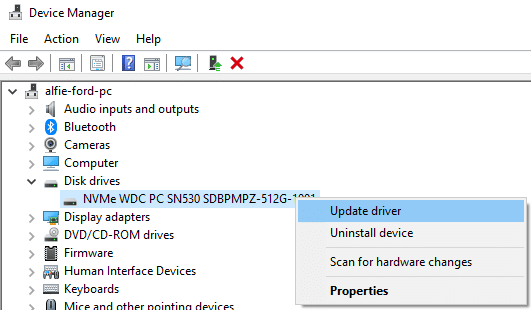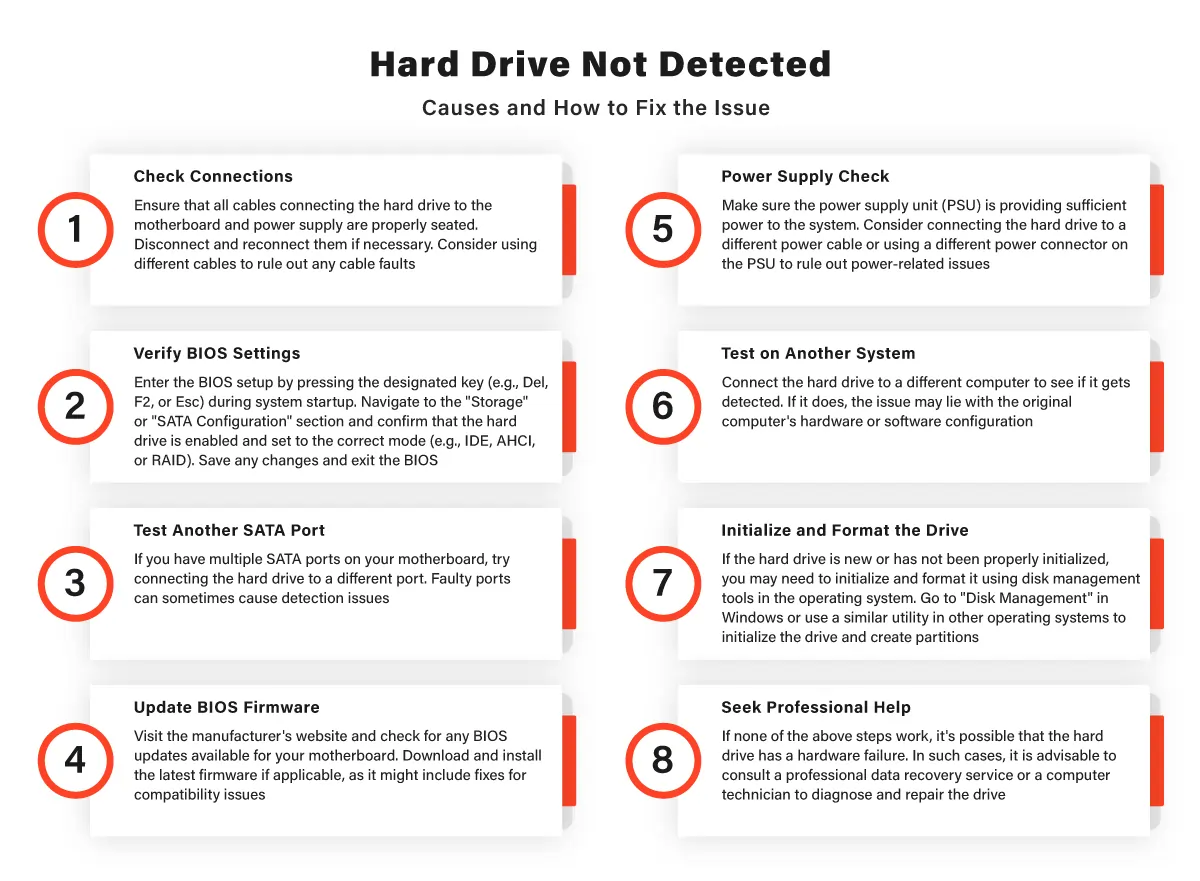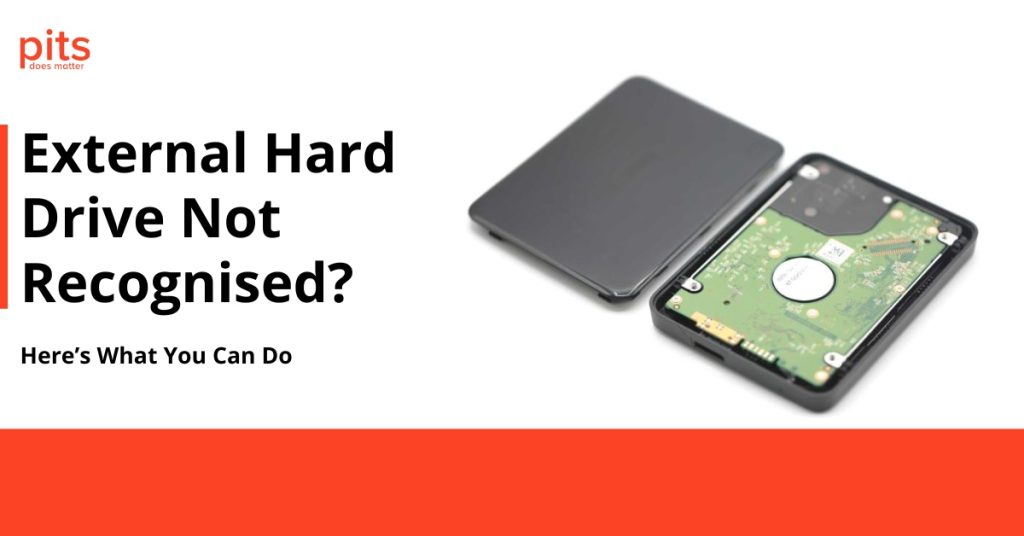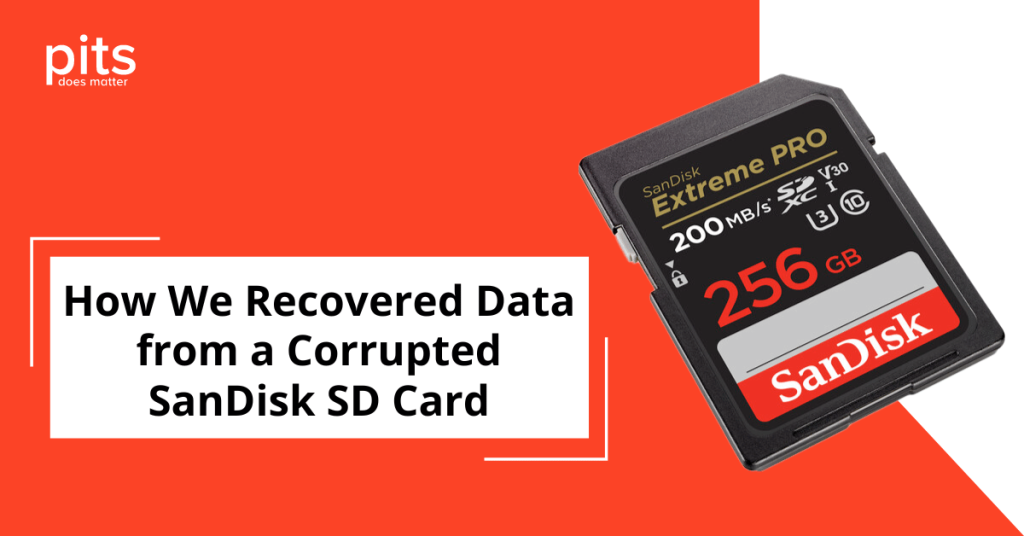In the contemporary digital era, where data storage assumes paramount importance, the discovery of a non-detectable hard drive can prove exasperating and concerning. Regardless of whether it pertains to an internal or external hard drive, such an issue has the potential to disrupt our work processes and even result in data loss.
Within this blog post, we shall delve into the diverse factors responsible for this predicament, comprehend its implications, and deliberate on efficacious remedies.
Factors Behind Unrecognized Hard Drives in BIOS
Connection Problems: Loose or faulty connections, incorrect cable setups, or defective ports are common culprits for hard drive detection issues. Verify all physical connections before proceeding with troubleshooting.
Power Supply Challenges: A stable power supply is crucial for proper hard drive operation. Inadequate or inconsistent power delivery, caused by faulty cables, insufficient PSU power, or a malfunctioning PSU itself, can lead to PC hard drive detection problems.
BIOS/UEFI Settings: Your computer’s BIOS/UEFI settings dictate how hardware components, including hard drives, are identified and accessed. Misconfigured or outdated BIOS/UEFI settings can sometimes hinder hard drive recognition.
Driver Problems: Outdated or incompatible device drivers can disrupt hard drive detection.

A lack of essential drivers or driver corruption in the operating system can result in undetected hard drives.
Hard Drive Malfunction: Hardware failures can afflict any electronic device, including hard drives. Whether due to physical damage or electronic issues, a faulty hard drive may escape detection by the system, potentially hinting at data loss.
Ramifications of Hard Drive Non-Detection
Data Loss
The foremost repercussion of a hard drive evading detection in Windows is the risk of valuable data loss. In cases where the drive holds crucial files or irreplaceable memories, the inability to access them can be deeply distressing.
Workflow Interruption
A computer failing to detect a hard drive can disrupt workflow for students, professionals, or casual users alike. It has the potential to impede productivity, postpone projects, and engender frustration during troubleshooting efforts.
Resolving Hard Drive Non-Detection

Data recovery specialists possess the necessary tools and expertise to recover data from defective drives. Encountering an undetectable hard disk can be an exasperating ordeal, but diligent troubleshooting often resolves the issue. By comprehending the various causes, repercussions, and appropriate remedies, you can mitigate the perils associated with data loss and restore the operational capacity of your hard drive. Consistently backing up essential data is prudent, serving to diminish the impact of such challenges.
Frequently Asked Questions
Why is my hard drive undetected?
Several potential causes can lead to a hard drive not being recognised, including connection issues, power supply problems, misconfigured BIOS/UEFI settings, driver issues, or a faulty hard drive due to physical or electronic faults.
What steps should I take if my hard drive is not detected?
Begin by verifying secure physical connections and ensuring proper power supply. Check and update BIOS/UEFI settings as needed and update hard drive drivers. If these measures prove ineffective, consider enlisting professional data recovery services.
Can I resolve a non-detected hard drive on my own?
In many instances, you can resolve the issue using the troubleshooting steps provided. However, for persistent problems or those involving physical damage, consulting professional data recovery services is advisable.
Is data loss inevitable when a hard drive goes undetected?
Data loss risk when a hard drive is not detected depends on the specific circumstances. Connectivity or software-related issues typically don’t jeopardise data. However, hardware failure or physical damage may necessitate data recovery, which can be more intricate.


